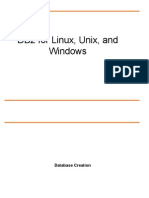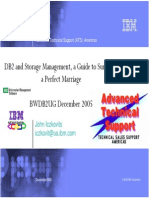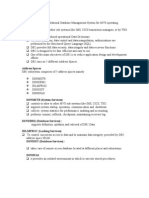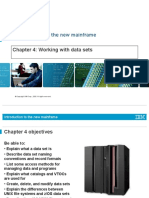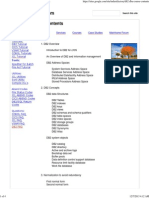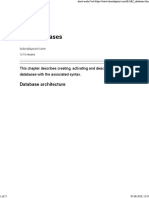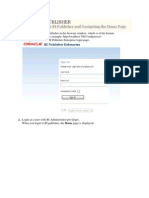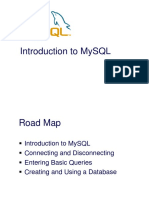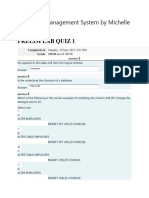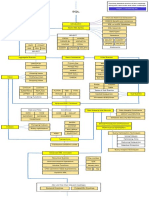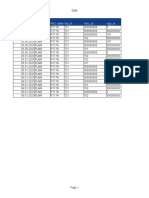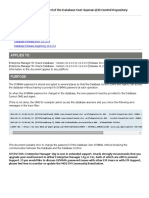0% found this document useful (0 votes)
187 views33 pagesIntroduction To IBM Universal Database For Linux, UNIX and Windows
This document provides an overview of database objects in IBM Universal Database including:
- Databases are created within DB2 instances and contain schemas, tables, indexes, and views.
- Tables are created within tablespaces and can be permanent or temporary. Indexes improve retrieval performance.
- The system catalog stored in catalog tablespaces contains metadata about the database structure and objects.
Uploaded by
Gurinder K BrarCopyright
© Attribution Non-Commercial (BY-NC)
We take content rights seriously. If you suspect this is your content, claim it here.
Available Formats
Download as PPT, PDF, TXT or read online on Scribd
0% found this document useful (0 votes)
187 views33 pagesIntroduction To IBM Universal Database For Linux, UNIX and Windows
This document provides an overview of database objects in IBM Universal Database including:
- Databases are created within DB2 instances and contain schemas, tables, indexes, and views.
- Tables are created within tablespaces and can be permanent or temporary. Indexes improve retrieval performance.
- The system catalog stored in catalog tablespaces contains metadata about the database structure and objects.
Uploaded by
Gurinder K BrarCopyright
© Attribution Non-Commercial (BY-NC)
We take content rights seriously. If you suspect this is your content, claim it here.
Available Formats
Download as PPT, PDF, TXT or read online on Scribd
/ 33












